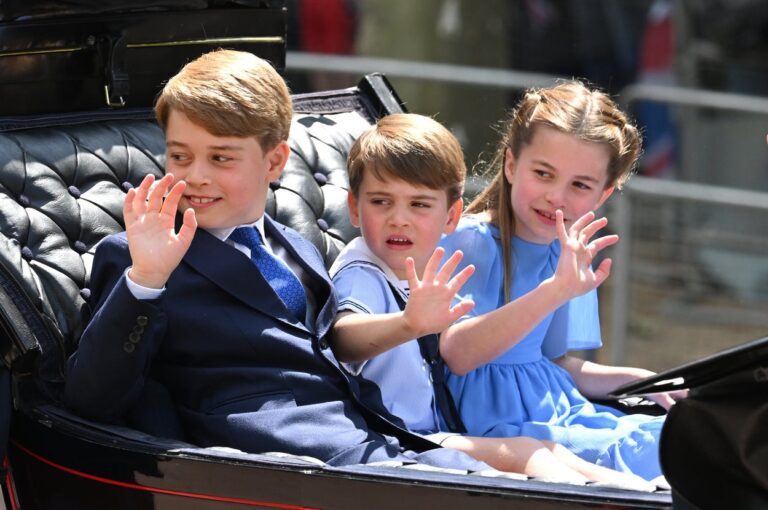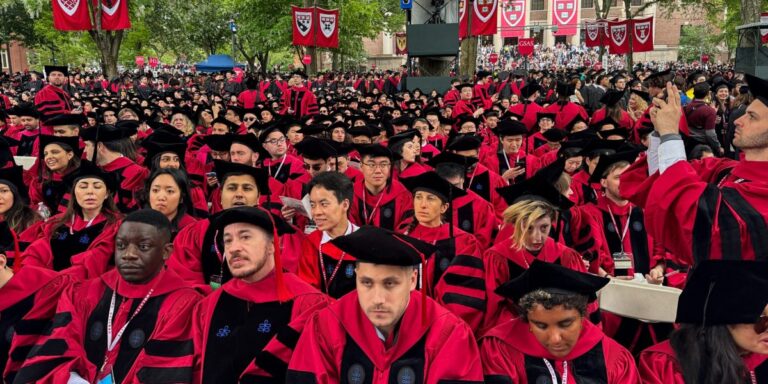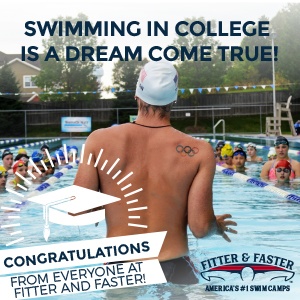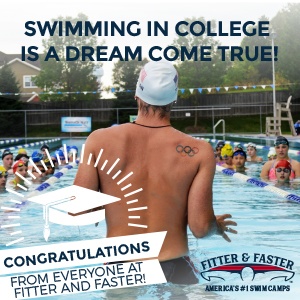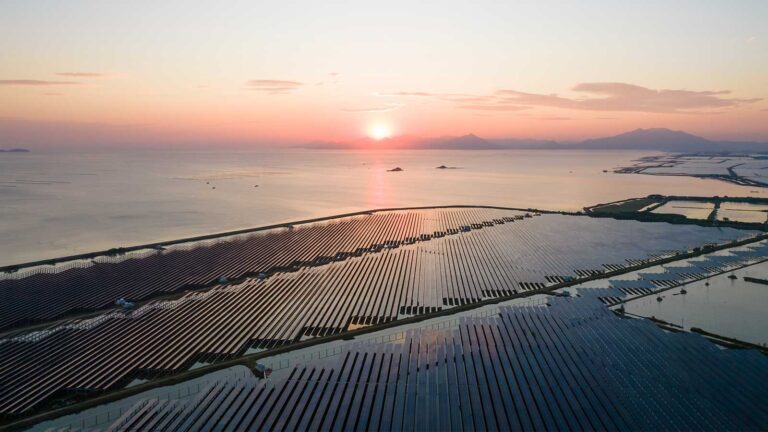- The secondary market for private equity stakes is booming as buyers are eager to snap up assets being shed by investors. There’s reason to believe Harvard, Yale, and other elite institutions might be getting a good deal, even as they sell their holdings at a discount to current valuations.
Some of the country’s most elite institutions are offloading parts of their private equity portfolios. As funds take longer to return money to investors, Harvard and Yale are selling at a discount with endowments looking for more liquidity and flexibility amid economic turbulence.
But both sides of such deals can make surprising gains.
This portfolio maintenance doesn’t appear linked to President Donald Trump’s attack on university finances, including a possible tax hike on endowments. Industry skeptics think these sales, however, highlight growing concerns that returns in the opaque world of private equity aren’t always all they’re cracked up to be.
“With elite universities’ private equity investments on the auction block, the big reveal is coming,” Nir Kaissar, founder of asset management firm Unison Advisors, wrote in a Bloomberg opinion column on Thursday.
University endowments typically make for ideal investors in alternative assets—with virtually infinite investment horizons, they can ride out wild gyrations in the public markets by locking up billions of dollars over several years.
On its face, that move has been a no-brainer. As Kaissar noted, Bloomberg’s weighted index of U.S. PE funds returned 9.4% year over year from 2007 to 2024. The index’s annualized standard deviation, a common measure of volatility, was just 7.2%.
The S&P 500 gained 10.5% in that span with a standard deviation of 16.8%, a much worse return on a risk-adjusted basis.
These numbers, however, may not reflect the underlying picture. Unlike stocks trading on public exchanges, the prices of private assets don’t change based on the whims of investors day-to-day.
Instead, valuations of most private companies, real estate properties, and other assets PE firms hold are typically based on subjective assumptions that don’t fluctuate like public equity markets do, Tim McGlinn, an investment veteran and former adjunct finance professor at Seton Hall, told Fortune.
“There’s nothing intrinsically wrong with that,” said McGlinn, who blogs about the alternatives industry at TheAltView.net.
But when investors or prospective investors believe the holdings can actually be sold at those prices, “that’s when things become problematic.”
Ultimately, private equity firms make money for investors by exiting their investments, when they attempt to turn notional valuations on paper into cash. Therefore, there must be some correlation between the performance of public and private assets, said Jason Reed, a finance professor at the University of Notre Dame.
“If the market’s doing really well broadly, well then you’re going to have lots of opportunities for businesses to buy your company, other private equity companies to buy your company, to take them public and IPO them,” he told Fortune. “But if the economy is not doing great, businesses are struggling, then you’re not going to have as many opportunities overall to sell.”
Harvard and Yale sell PE stakes
Billionaire hedge fund owner Bill Ackman, a Harvard alumnus, has claimed his alma mater’s $53 billion endowment, almost 40% of which is allocated to private equity, is significantly overstated.
“I believe that a substantial part of the reason why many private assets remain private despite the stock market near all-time highs is that the public market will value private assets at lower values than they are being carried at privately,” Ackman, the CEO of Pershing Square Capital, wrote in a social media post last month.
The Harvard Management Company, which oversees the university’s endowment, declined to comment. It recently agreed to sell roughly $1 billion of its PE stakes, following a similar move in the summer of 2021. That came at a time of “significant ebullience,” the university noted in its 2022 financial report, allowing the school to avoid discounts the funds would have faced just over a year later.
Yale, meanwhile, is negotiating a nearly $3 billion sale of private equity holdings at a discount of less than 10%, a spokesperson for the Yale Investments Office told the school’s newspaper. The university pioneered the institutional push into alternative assets, with 95% of its $41 billion endowment allocated to growth-oriented assets like PE, venture capital, real assets, and global equities.
“Following a months-long review, the University is in process to sell select private equity fund interests,” Yale said in a statement to Fortune. “Private equity remains a core element of our investment strategy, and we continue to commit significant capital to our existing world-class partners, while pursuing new private equity opportunities to support the long-term growth of the Endowment.”
This doesn’t appear to be a distressed sale, McGlinn said, but the deal is otherwise hard to evaluate. More mature funds trade very differently than newer ones, and various positions are typically packaged together in these types of transactions.
“Yale being Yale, you can assume they’re getting the best price they can,” McGlinn said.
Buyers juice returns with ‘NAV squeezing’
Still, investors in PE funds, known as “limited partners,” sold their stakes at an average discount of 11% compared to the net asset value, or NAV, of these holdings on their balance sheets, according to Jeffries.
It may seem odd that universities are looking to sell when valuations are likely down across the board this year as borrowing costs remain elevated. But demand in the secondary market is booming. Secondary sales increased 45% to $162 billion last year, per Jeffries.
As a result, Yale, Harvard, and other universities could take much less of a haircut than they might have feared while also booking gains on their initial stakes.
That’s because there is reason to believe many buyers are willing to overpay, McGlinn said. Regardless of what secondary funds dish out to acquire these stakes, he explained, they are allowed to then mark these investments up to the old net asset value.
McGlinn calls this process “NAV squeezing.” As The Wall Street Journal reported last year, it can result in one-day windfalls of 1,000% or more, gains that McGlinn said secondary funds report as real returns.
“It makes your brain melt,” he said.
Comparing NAV squeezing to a Ponzi scheme might go too far, said Jeffrey Hooke, a senior lecturer in finance at Johns Hopkins Carey Business School and a longtime critic of PE. But he agrees it looks quite shaky, even if the technique is permissible according to generally accepted accounting principles, or GAAP.
“It’s almost like a full wash and rinse cycle,” said Hooke, formerly the principal investment officer of the World Bank’s International Finance Corporation.
Universities, of course, get to be on the other side of these deals. Even though they are selling their PE stakes at a discount to NAV, they could be getting more than the capital they had committed to those investments up until this point.
In other words, endowments might still be escaping with a profit.
This story was originally featured on Fortune.com






